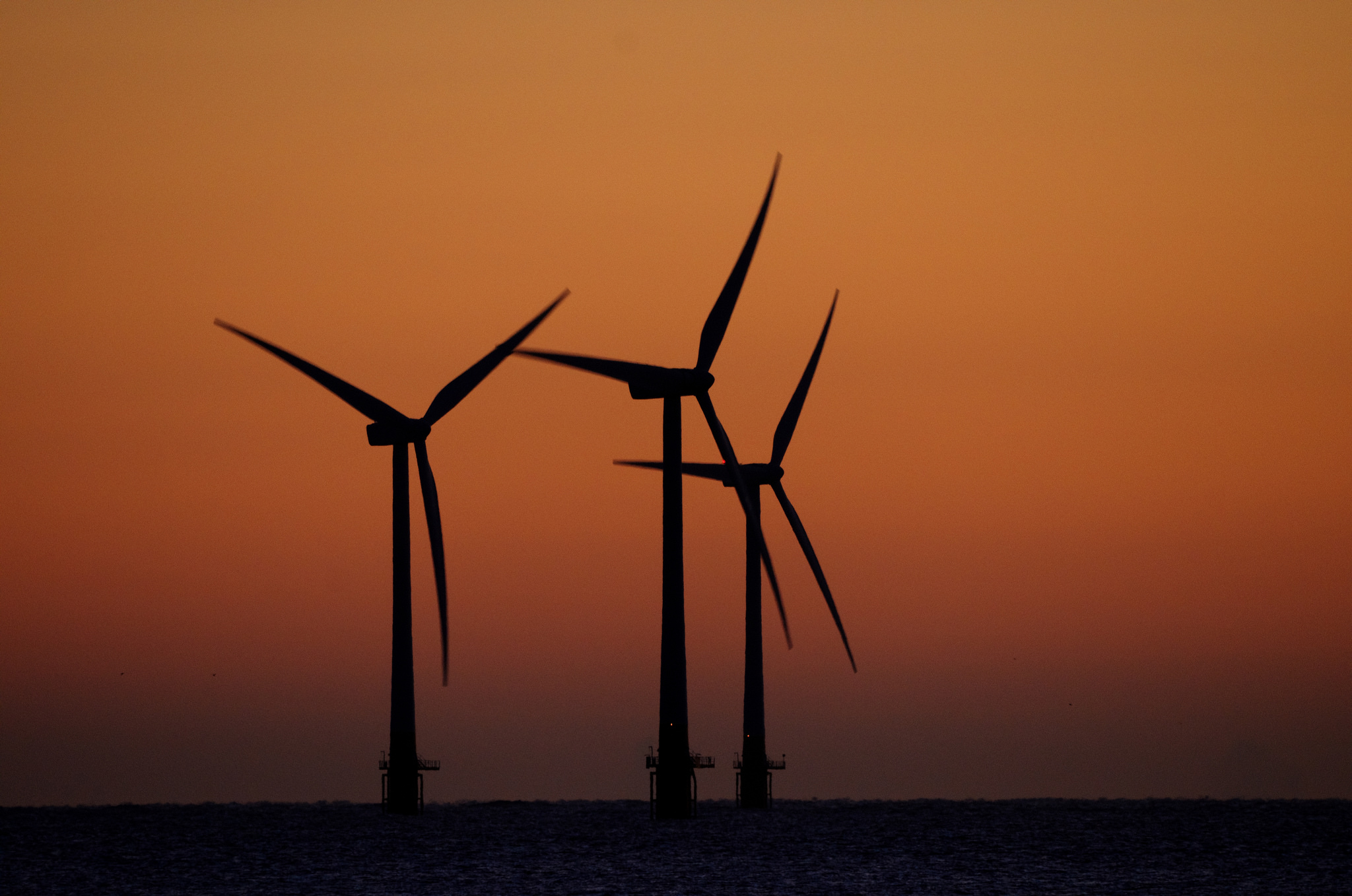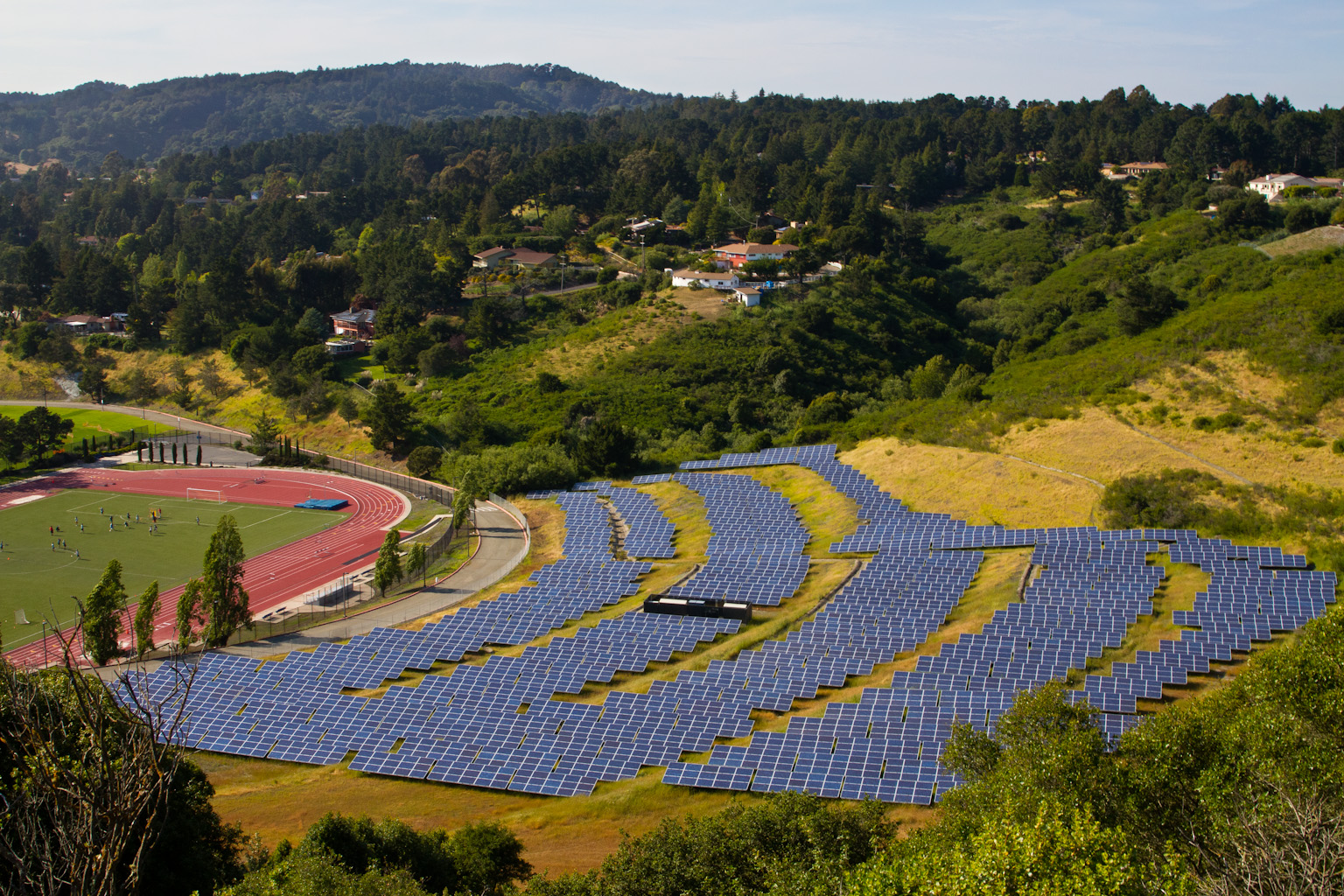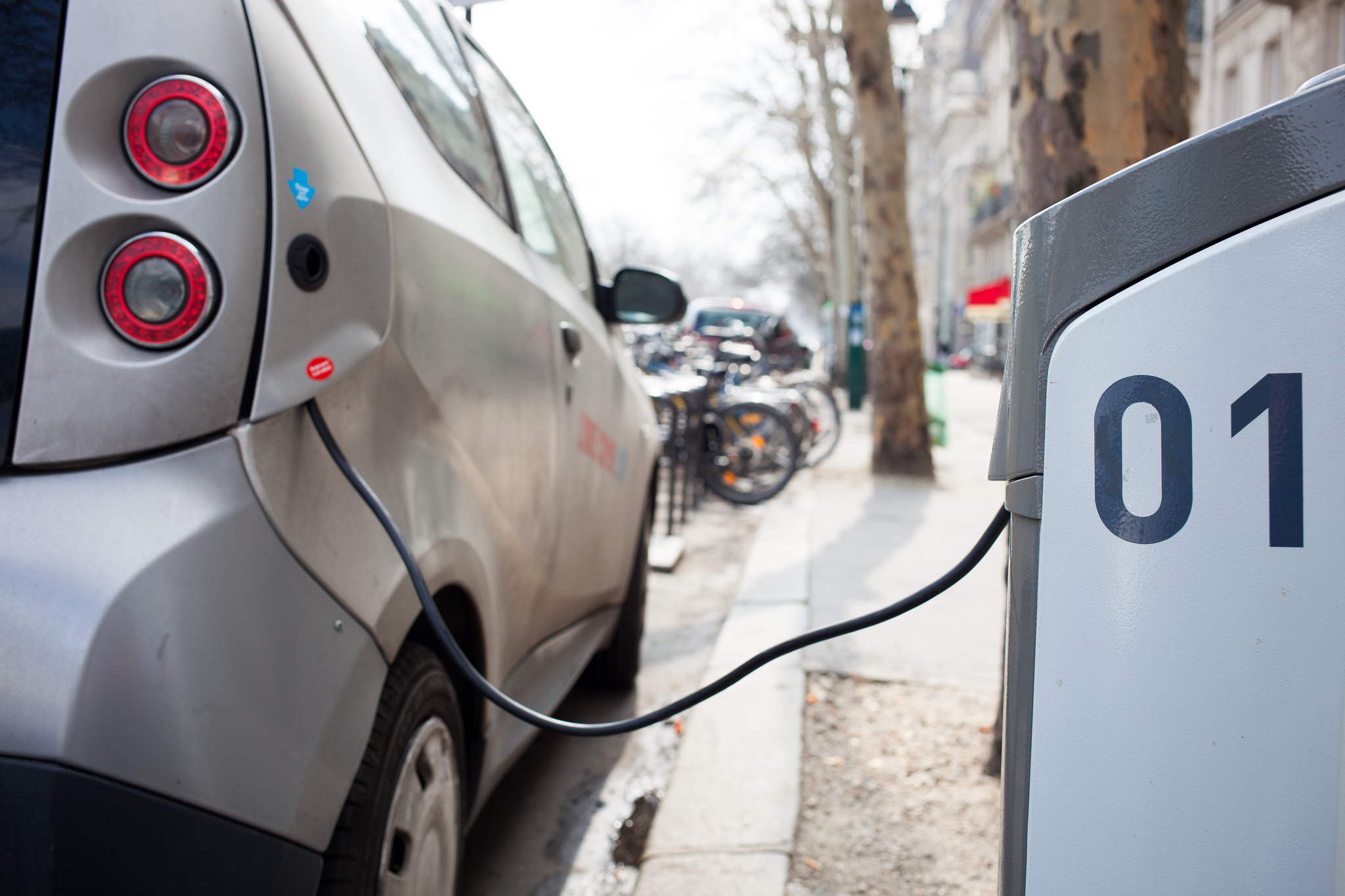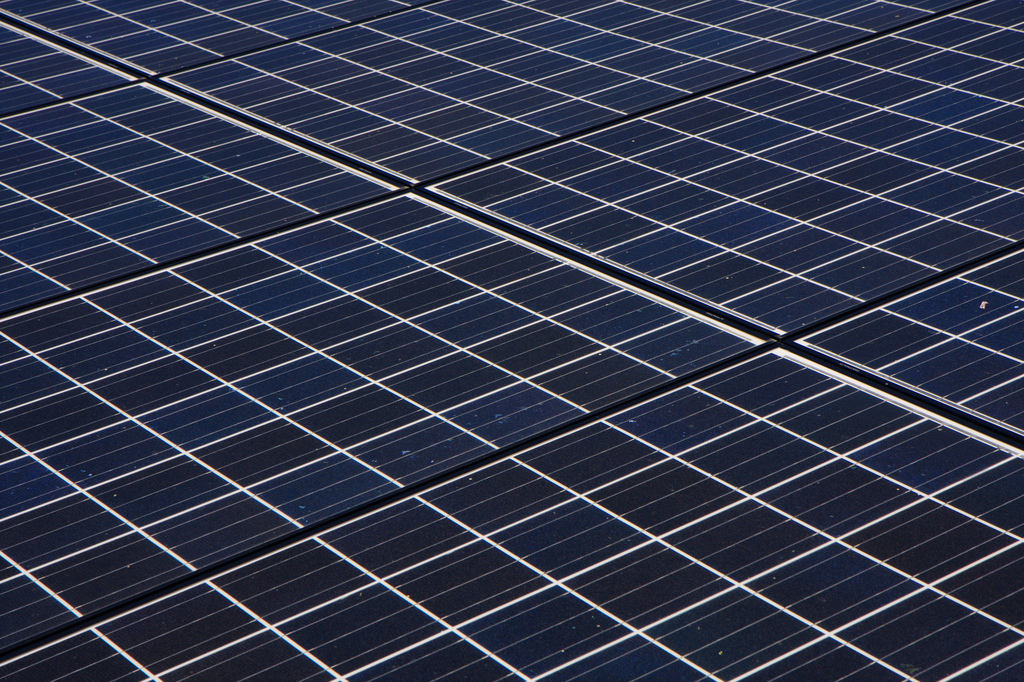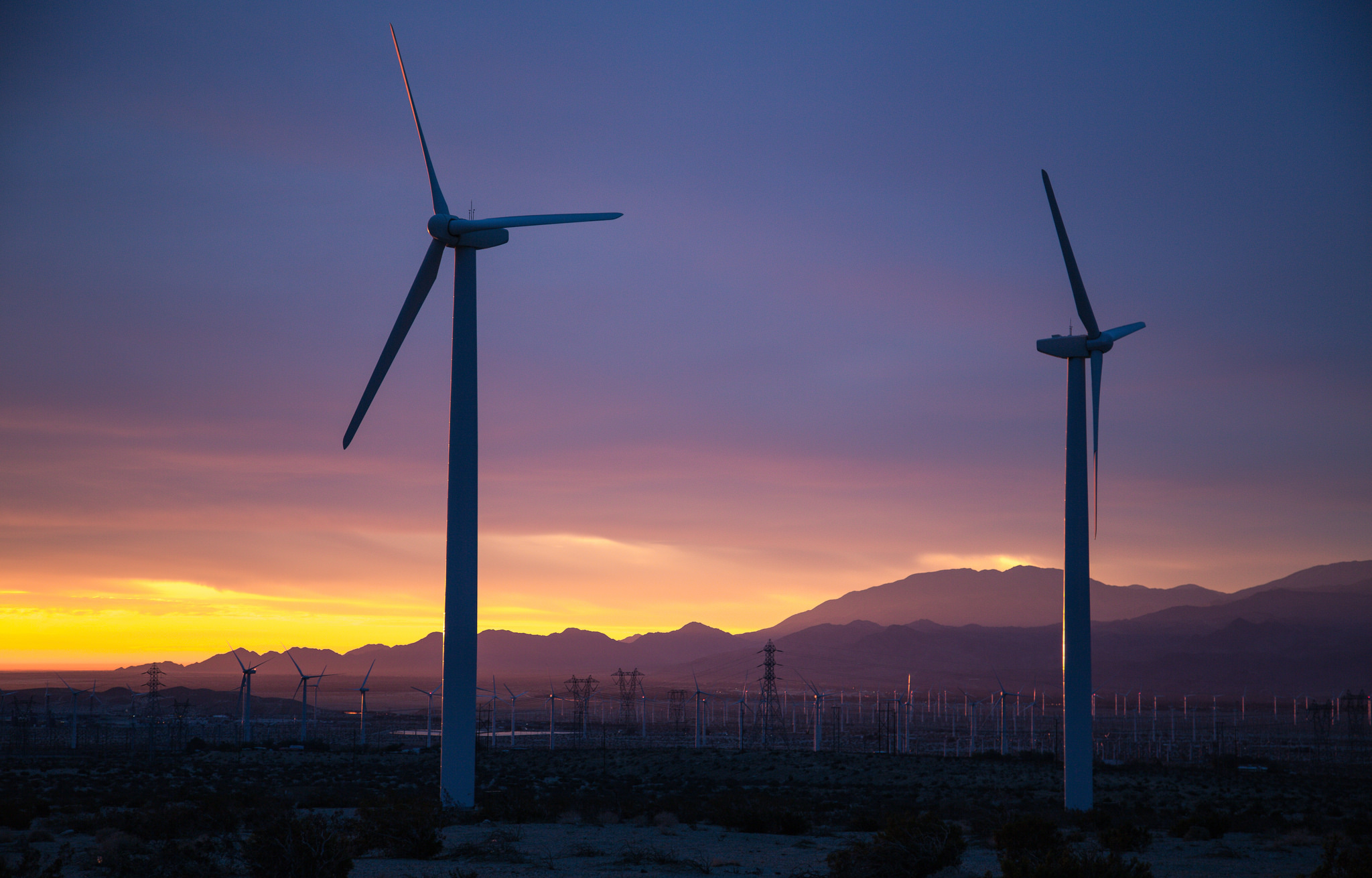United States
France And Climate Change
On the heels of the Trump Administration’s decision to withdraw from the Paris Climate Accord, France has rolled out ambitious plans to reduce its carbon footprint even further.
New Milestones For Renewable Energy
There is no question that solar power has been growing by leaps and bounds in recent years, but whenever one really looked at the numbers, it seemed to still be only a tiny fraction of the country’s power generation – until quite recently, less than one percent.
Air Pollution And Solar Power
We are well-aware of the negative effects of air pollution on human health and on the environment, but a recent study at Duke University has revealed that global solar energy production is taking a major hit due to air pollution and dust.
Offshore Wind Progress
Last December, the first commercial offshore wind farm in the United States started operation off the coast of Rhode Island. The Fisherman’s Energy Atlantic City Windfarm off the coast of New Jersey is under construction. With the lengthy logjam finally broken, there is increasing activity in the emerging U.S. offshore wind sector.
Migrating Trees
The changing climate is having a marked effect on forests in this country. In particular, trees along the U.S. eastern seaboard are changing their range as they slowly seek to escape rising temperatures.
Dams And The Environment
There are an estimated 84,000 dams in the United States which impound 600,000 miles of river, or about 17% of the rivers in the country. Within the next 15 years, more than 90% of the world’s rivers will be fragmented by at least one dam.
China And India Climate Progress
China and India have 36% of the world’s population and produce about 35% of global CO2 emissions, ranking first and third respectively in that category. The United States, with a little over 4% of the world’s population, produces about 16% of global CO2 emissions, good for second place.
Surging Wind Power In The U.S.
So far, it has been a big year for the U.S. wind industry, which experienced its fastest first-quarter growth since 2009. In total, about 2,000 megawatts of new capacity was installed, enough to power about 500,000 homes. With this addition, wind now produces 5 1/2% of the country’s electricity.
Utility-Scale Solar Power
Solar panels on the roofs of houses have become a familiar sight in recent years, but utility-scale solar – installations of 10 megawatts and greater – are really booming these days. Throughout the United States, more than 10.5 gigawatts of utility-scale solar were added to the electric grid in 2016 – enough to power more than 2 million homes – and at least 8 gigawatts more are scheduled to come online this year.
Americans And Beef
There’s ample evidence over the past decade or so that Americans are gradually changing their diets, driven by health concerns among other factors. But there’s one change that really stands out. According to a study by the Natural Resources Defense Council, Americans have sliced their beef consumption by 19% between 2005 and 2014.
India’s Air Pollution
Poor air quality is a major problem worldwide. Exposure to air pollution is linked to the premature deaths of an estimated 6.5 million people every year. This makes air pollution the fourth largest threat to human health, trailing only high blood pressure, dietary risks, and smoking.
Tracking Climate Opinions
Public opinion about global warming is an important influence on decision making about policies to combat global warming and to be prepared for its consequences. An extensive polling effort by Yale University has produced an estimate of public opinions down to state, congressional district, and county levels.
American Cities Fighting Climate Change
The federal government now appears to be headed down the path of not honoring America’s commitments to tackle global warming, but many of the country’s cities and states as well as its corporations have no intention of breaking our promises to the world.
Food Waste Into Tires
Researchers at Ohio State University have developed a way to use food waste to partially replace the petroleum-based filler that has been used in manufacturing tires for more than a century.
Climate Change And A Divided Country
This Saturday is Earth Day and it’s also the occasion for the March for Science taking place in Washington, DC and in many other cities around the world. The purpose is to express support for scientific research and evidence-based policies in a tumultuous political environment.
Europe’s E-Mobility
With the arrival of the Chevy Bolt and the long waiting list for the forthcoming Tesla 3, there is starting to be some momentum for electric cars in the United States. But we are still well behind Europe in terms of the significant growth of so-called e-mobility.
The Success Of SunShot
Back in 2011, utility-scale solar power cost a little over $4 per watt on average. In February of that year, former Energy Secretary Steven Chu announced the SunShot initiative, which had the goal of reducing the total cost of photovoltaic systems by 75% to the target value of $1 a watt by the year 2020.
2016 Carbon Progress Report
Last year was a big year for progress in the U.S. power sector. Renewable energy provided nearly 17% of the country’s electricity, up from 13.7% in 2015. The first offshore wind farm in the U.S. opened off the coast of Rhode Island. And most significantly, carbon emissions from the power sector continued to decline and reached the lowest levels in nearly 25 years.




